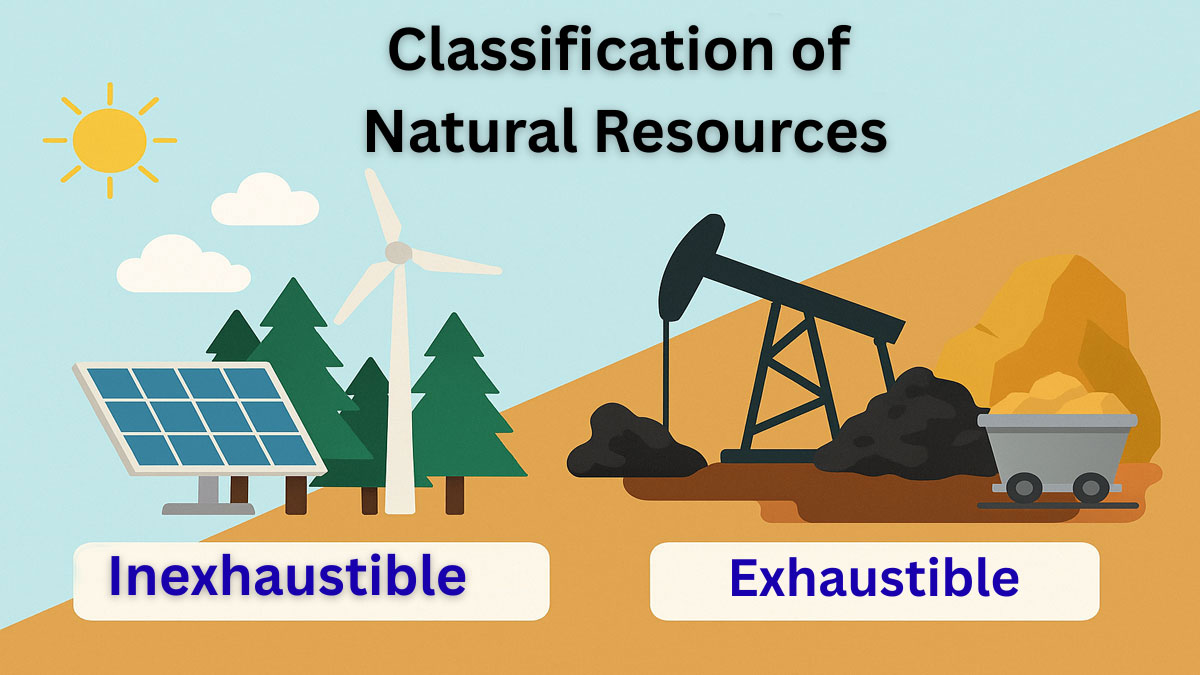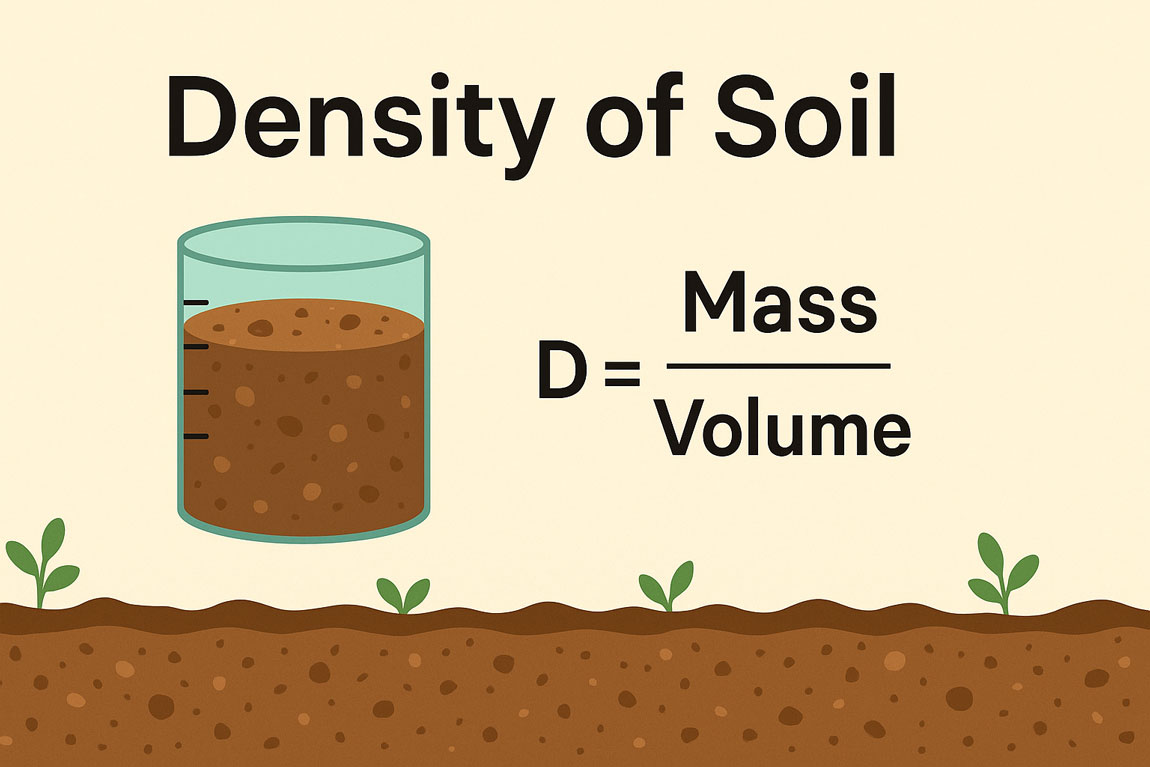The Bouma sequence specifically describes the ideal vertical succession of structures deposited by low-density (i.e., low sand concentration, fine-grained) turbidity currents. The Bouma sequence is divided into five distinct units, labelled A through E, with A at the bottom and E at the top.
Each layer described by Bouma has a specific set of sedimentary structures and a specific lithology, with the layers overall getting finer-grained from bottom to top.
Overview of Bouma Sequence Units:

1. Unit E (Laminated to homogeneous mud):
Bouma E is the last layer deposited. It results from suspension settling where essentially no current exists. Clays generally remain suspended until the water chemistry changes and allows the clays to flocculate and settle out. Because the Bouma E layer, if deposited at all, is easily eroded by subsequent turbidity currents, it is often not present.
2. Unit D (Parallel-laminated siltstone):
Bouma D is deposited by suspension settling where a slight current exists. Subtle changes in current energy causes alternating laminations of coarser and finer grains of silt to settle out.
3. Unit C (Ripple-laminated fine-grained sandstone):
Bouma C is deposited under lower flow regime conditions where there is enough energy for the flow to carry fine sand by saltation, where in grains hop and bounce across the surface beneath the flow.
As grains settle out, current ripples develop, with climbing ripples developing if sedimentation rates are high enough. If shear is imposed on the ripple beds by an earthquake and/or by an overlying turbidite/turbidity current, the ripple laminations can be deformed into convolute laminations and flame structures.
4. Unit B (Planar-laminated fine- to medium-grained sandstone):
Bouma B is deposited under upper flow regime conditions where energy is high enough to carry sand grains by traction, wherein they slide and roll across the surface beneath the flow.
5. Unit A (Massive graded, fine to coarse-grained sandstone):
Bouma A is the first layer deposited by a flow, provided the flow has sufficient energy. Otherwise, Bouma B, C, or D will be the first layer deposited. Bouma A is deposited when the flow energy is high enough that fluid turbulence is able to keep the coarsest grains in suspension.
When energy drops below a critical level, the grains tend to settle out all at once to create a massive bed. If flow energy drops more slowly, then the coarse grains may settle out first, leaving the fine grains still in suspension. This results in coarse-tail graded bedding.






